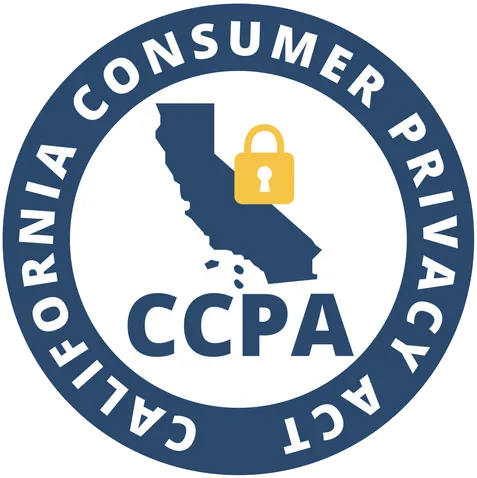In today's competitive talent landscape, crafting an effective recruitment advertisement has become more crucial than ever. With global digital classifieds advertising spending forecasted to reach US$22.11bn in 2025 [1], organizations are investing heavily in attracting top talent. This comprehensive guide will help you create compelling recruitment advertisements that not only increase application volume but also improve candidate quality.
Recruitment Advertisements 101
A recruitment advertisement is a marketing channel designed to attract and engage potential candidates for open positions within an organization. Unlike simple job postings, effective recruitment advertisements combine compelling messaging, clear value propositions, and strategic placement to reach the right talent at the right time.
Key Elements of a Strong Recruitment Advertisement
- Job Description: A clear, jargon-free summary of the role, team, and success metrics. Keep it concise (150–300 words) to boost applications.
- Benefits: Highlight both tangible perks (insurance, retirement, flexibility) and intangibles (growth, mentorship, mission).
- Submission: Provide simple, specific instructions on how to apply, including required materials and flexible options.
- CTA: Use direct, motivating language like “Apply now” and include real urgency if applicable.
- Visuals: Add images or videos to showcase culture and increase engagement by up to 80%.
- Branding: Ensure consistent tone, values, and visuals to strengthen the employer brand and recognition.
Recruitment Advertisement Case Studies and Examples
The City of Los Angeles
In January 2018, Los Angeles released a poorly executed job advertisement for a "Graphics Designer". It was created using Microsoft Paint and featured pixelated graphics along with the Comic Sans font. This humorous and creative method underscored the necessity for skilled design professionals. The advertisement gained significant attention, receiving over 29,000 retweets and 71,000 likes on Twitter.
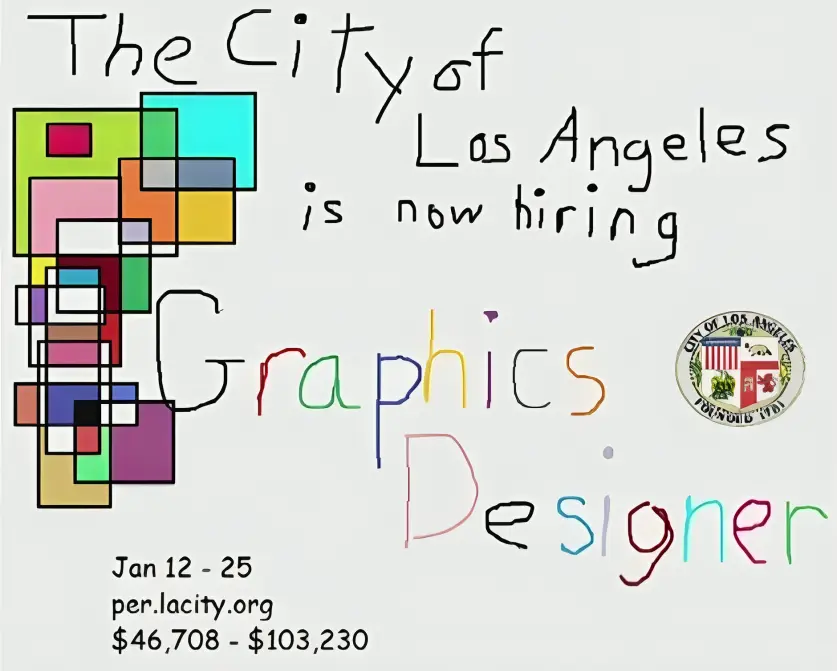
KLM Royal Dutch Airlines
KLM Royal Dutch Airlines has posted a job advertisement for a baggage handler position. The description is concise, clear, and engaging. It is aimed at aviation enthusiasts who are hands-on and team-oriented. The advertisement is available on their careers website. Attractive benefits are also highlighted, such as discounted flights, a five-year contract, and flexible working hours (32, 36, or 40 hours per week). The starting gross salary is approximately €2,986.39 per month, which includes shift allowances. Additional annual benefits amount to €6,038.78. The ad's straightforward language effectively appeals to candidates eager to join a dynamic, global airline.
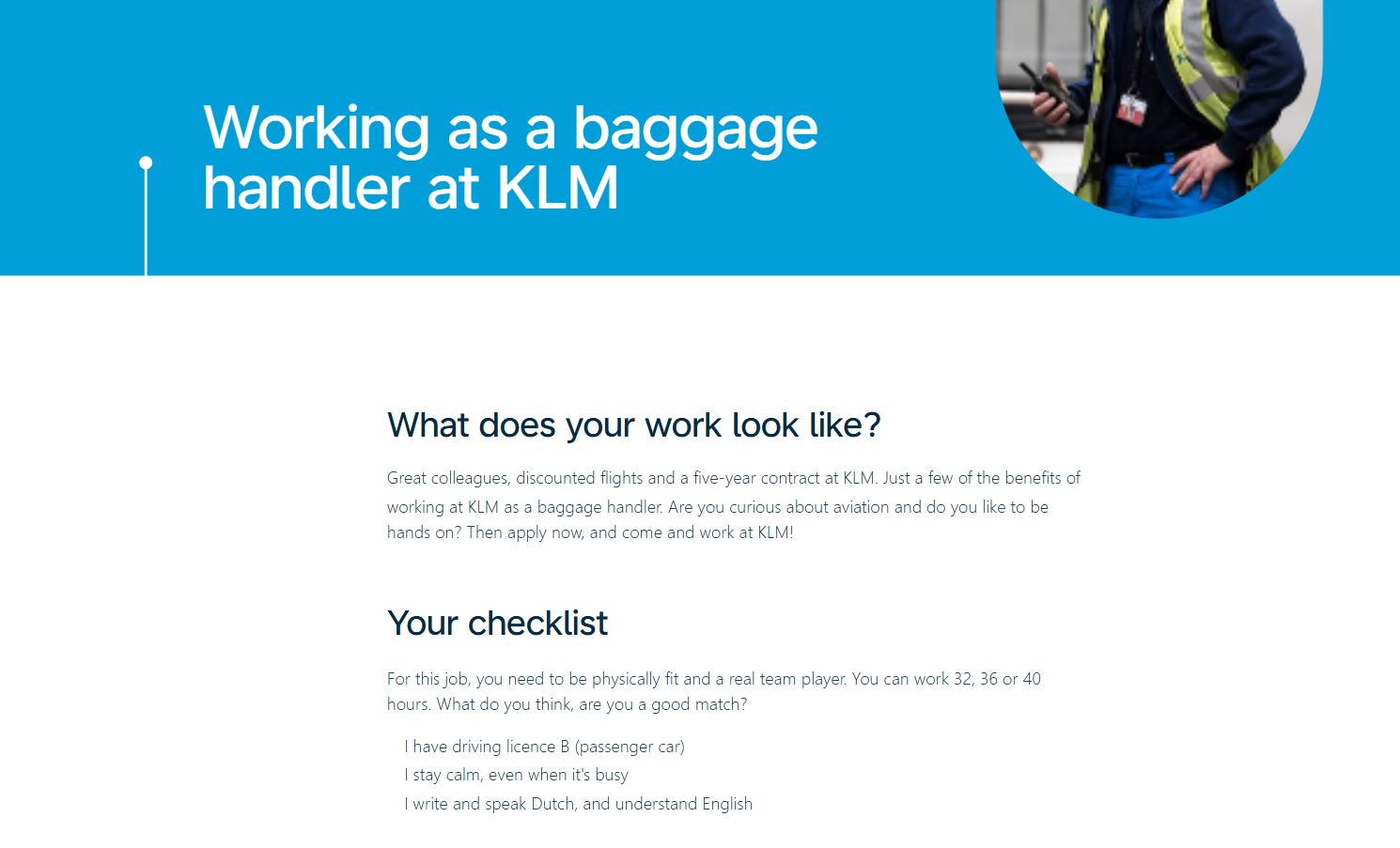
Spotify
Spotify’s job advertisements on their careers website stand out for their user-friendly design and concise, clear descriptions that make applying seamless and engaging. Candidates can quickly filter job openings by location, such as New York, London, or Stockholm, to find roles that suit their preferences. The ads include succinct details about the hiring process and a comprehensive FAQ section, addressing common applicant queries. Additionally, Spotify fosters a sense of community by highlighting dedicated spaces for Developers, Creators, Artists, and Engineers, encouraging collaboration and showcasing its inclusive, innovative culture to attract passionate talent.

When to Advertise for Recruitment
Recruitment advertising offers numerous advantages that extend far beyond simply filling open positions. Organizations that invest in strategic recruitment advertising experience measurable improvements in their talent acquisition outcomes and overall business performance. Key benefits include:
When You Should Use Recruitment Advertising
- When You Need a Larger Candidate Pool: Recruitment ads attract more qualified applicants, giving hiring managers stronger choices.
- When You Want to Increase Employer Brand Visibility: Consistent advertising builds recognition and positions your company as an employer of choice.
- When Candidate Quality Is Lacking: Targeted ads reach specific skills and experience levels, reducing time wasted on poor-fit applicants.
- When Time-to-Fill Is Too Long: Strategic ad placement across multiple channels can speed up hiring and reduce vacancy costs.
- When Budget Is a Concern: Recruitment ads offer a lower cost-per-hire than agencies or headhunters while maintaining quality.
- When You Need to Improve Diversity: Broader ad distribution helps attract candidates from varied backgrounds, supporting inclusive hiring goals.
- When You Want Direct Control Over Messaging: Advertising gives you full control to communicate your culture, values, and opportunities clearly.
- When You’re Focused on Hiring ROI: Digital platforms provide performance data that helps you track results and optimize recruitment spend.
- When Competition for Talent Is High: Proactive advertising helps you reach and engage top candidates before competitors do.
- When You’re Building a Future Talent Pipeline: Ongoing campaigns keep your company visible to passive candidates who may apply later.
Centralize Your Premium Job Posts & Advertisements
Synergize your recruitment advertising efforts with a robust Applicant Tracking System to redouble your hiring efficiency. An ATS helps you track application sources, monitor candidate progress, and analyze which advertising channels deliver the best results.
Manatal's ATS specifically enhances recruitment advertising effectiveness through:
- Premium job posting: Manatal enables recruiters to post job ads on thousands of channels worldwide from one platform. Manatal facilitates targeted multi-channel premium campaigns, allowing payments to be made once to reach various platforms like LinkedIn, Indeed, Monster, and Jobstreet, eliminating the need to manage multiple portals.
- Advanced analytics: Tracking which advertising channels generate the highest-quality candidates and creating unique custom reports using our powerful report builder tool.

{{cta}}
Advertising Channels for Recruitment
- Online Job Boards: Traditional job boards, such as Indeed, LinkedIn, and Glassdoor, are key tools for recruitment, offering a wide reach and targeting capabilities. Using both free job sites and paid options, including industry-specific boards, can attract high-quality candidates and result in more qualified applicants.
- Social Media: Social media platforms, including LinkedIn, Facebook, and Instagram, have revolutionized recruitment advertising by allowing targeted outreach. Creating engaging content that highlights company culture and showcases employee stories can enhance paid advertising and help build a lasting talent pipeline.
- Employee Referrals: Implementing structured referral programs can turn current employees into effective recruitment ambassadors. By providing them with recruitment materials to share within their networks, companies can improve the quality and cultural fit of new hires.
- Recruitment Agencies: Strategic partnerships with recruitment agencies can extend your reach and provide access to passive candidates. Agencies bring specialized expertise, established networks, and the ability to conduct initial screening processes.
- Print and Other Media: Traditional media, including trade publications, newspapers, and radio, continue to be significant in recruitment advertising for certain industries and regions. It's essential to consider the target audience's demographics and preferences, as some senior-level professionals continue to favor these sources for job searches.
- Industry-Specific Websites: Specialized industry platforms and professional forums can be effective in reaching highly qualified candidates who are not active on general job boards. These targeted platforms offer lower competition and higher engagement, making them ideal for advertising technical roles on developer communities and creative positions on design-focused platforms.
Tips for Effective Recruitment Advertisements
- Clear Language: Use simple, direct wording and avoid acronyms or internal jargon—write for candidates, not colleagues.
- Tip: Read your ad aloud. If it sounds like corporate speak, rewrite it. A conversational tone often performs better in ads.
- Transparency: Be upfront about role expectations, challenges, and salary ranges when possible to build trust and attract the right fit.
- Tip: Mention what success looks like in the first 3–6 months. It sets expectations and filters for candidates who are ready for the challenge.
- Candidate Experience: Ensure a smooth process from ad to application. Set expectations, communicate timelines, and leave all candidates with a positive impression.
- Tip: Automate “application received” responses with next-step info. Even basic replies reduce ghosting and improve brand perception.
- Performance Tracking: Monitor metrics like application volume, time-to-fill, candidate quality, and cost-per-hire to evaluate and improve results.
- Tip: Don’t just track where applicants come from—track where qualified hires come from. That’s what drives smarter ad spend.
- Ongoing Optimization: Regularly update ads to reflect market trends and candidate behavior—recruitment tactics need to evolve to stay effective.
- Tip: Test different headlines or benefit highlights A/B-style. Sometimes, one sentence change can double the response rate.
Conclusion
Success in recruitment advertising comes from understanding your audience, crafting authentic messages that resonate with potential candidates, and leveraging data to continuously improve your approach. By implementing the strategies in this guide, you'll be well-positioned to attract high-quality candidates and build a strong talent pipeline for your organization.
Frequently Asked Questions
Q: How do recruitment ads help improve candidate quality?
A: Effective recruitment ads serve as a filtering tool by clearly outlining job expectations, necessary skills, and company culture, which attracts suitable candidates and discourages those who don't fit, leading to a higher proportion of qualified applicants.
Q: Are visual or video-based recruitment ads worth the investment?
A: Video and visual recruitment ads are effective, especially in competitive fields or roles needing creativity or people skills. Though costlier, these formats enhance candidate quality, application rates, and employer brand by showcasing company culture, workspace, and employee testimonials, providing candidates with a more engaging experience than text-based ads.
Q: How important is employer branding in recruitment ads?
A: Employer branding is vital in recruitment as it sets organizations apart in competitive markets and impacts candidate decisions. It conveys company values, culture, and benefits, attracting candidates suited to the environment. Job seekers prioritize brand reputation, making consistent messaging crucial for drawing top talent.
Q: How can AI improve recruitment ads?
A: AI improves recruitment ads by using personalization, optimization, and predictive analytics. Machine learning analyzes successful ads to suggest the best content, timing, and targeting for different candidates. AI automates A/B testing, tailors messages to candidate profiles, and forecasts the most effective platforms and formats, enhancing the efficiency and success of recruitment campaigns.
Q: What design elements improve ad performance?
A: Effective recruitment ads emphasize clear hierarchy, engaging visuals, and mobile optimization. Important features include eye-catching headlines, clean layouts, quality images reflecting company culture, and noticeable call-to-action buttons. Typography should be device-friendly, colors should match the brand and remain accessible, and content should be easily digestible. Mobile-first design is crucial as most job seekers use their phones for browsing opportunities.
—
Citation:
1 Statista





.png)











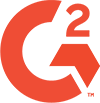


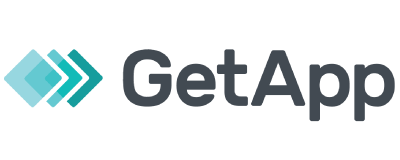







.webp)

.webp)
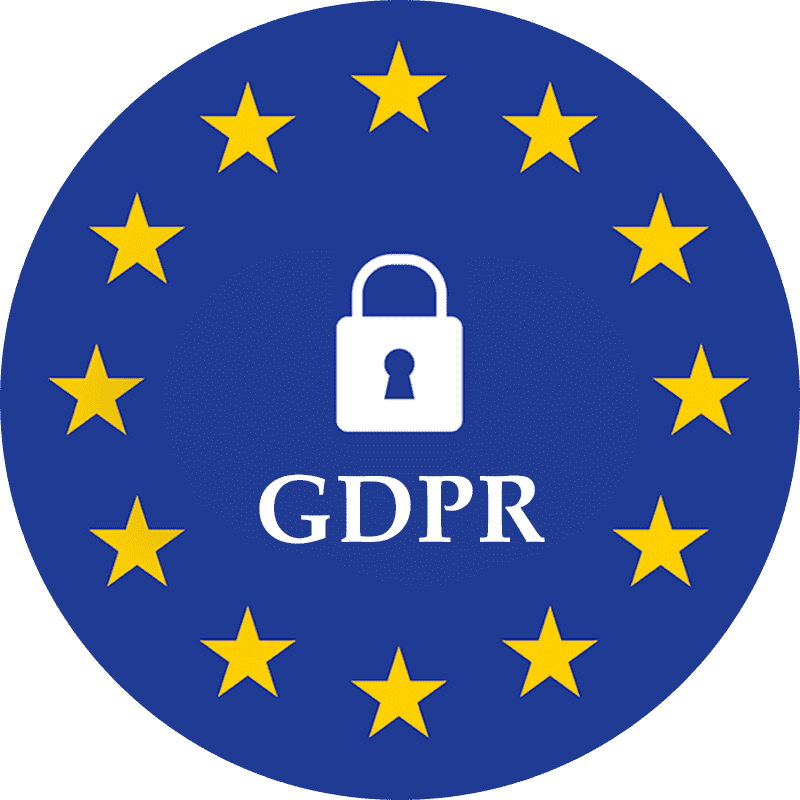
.webp)
